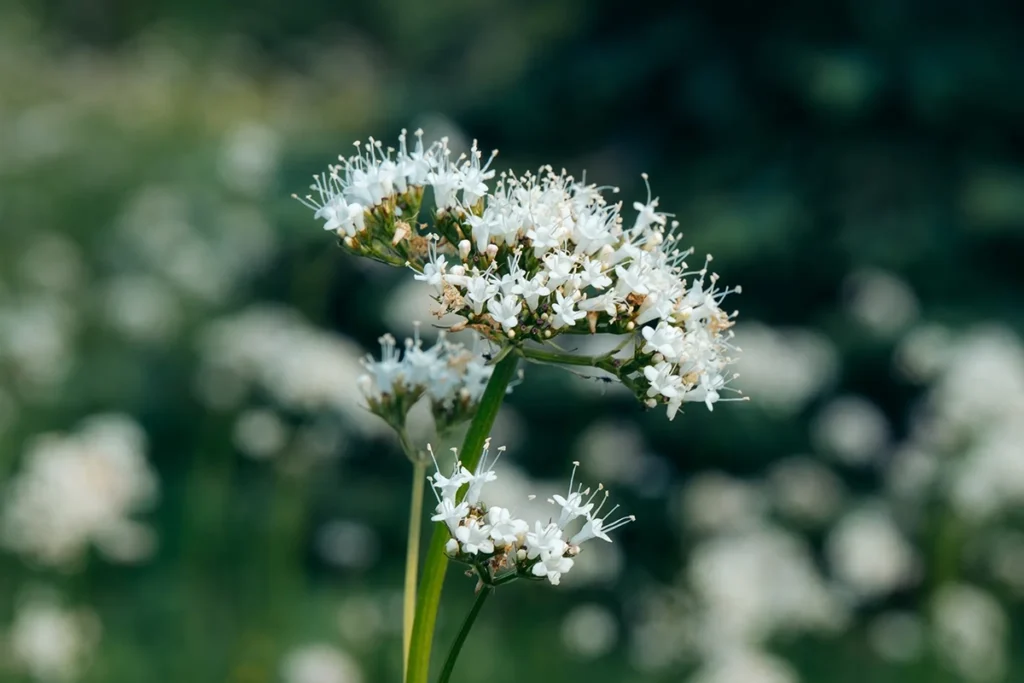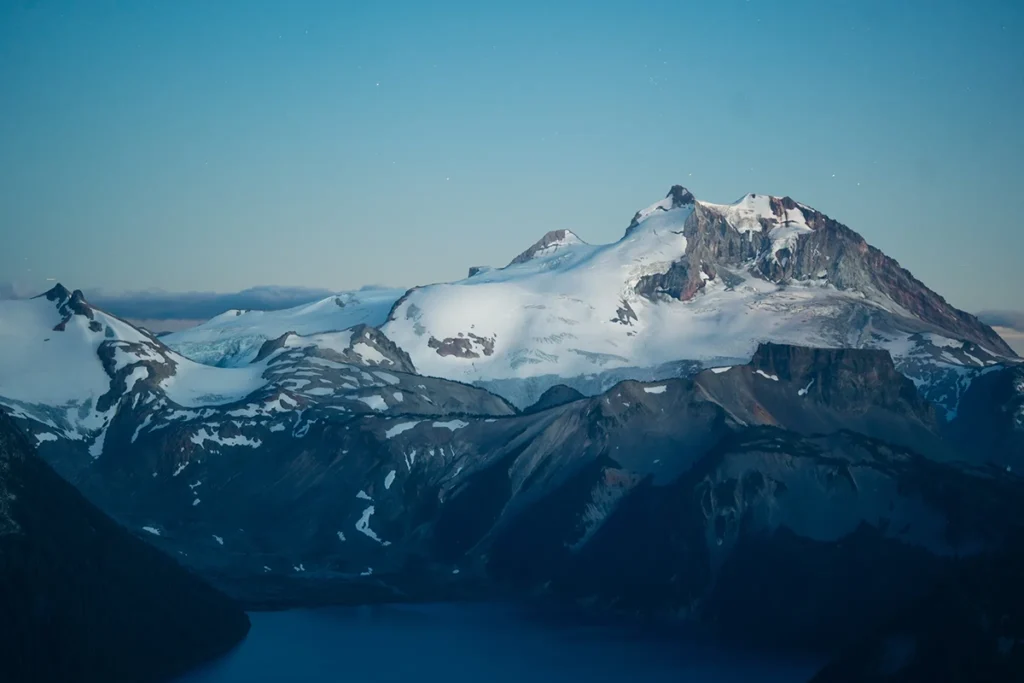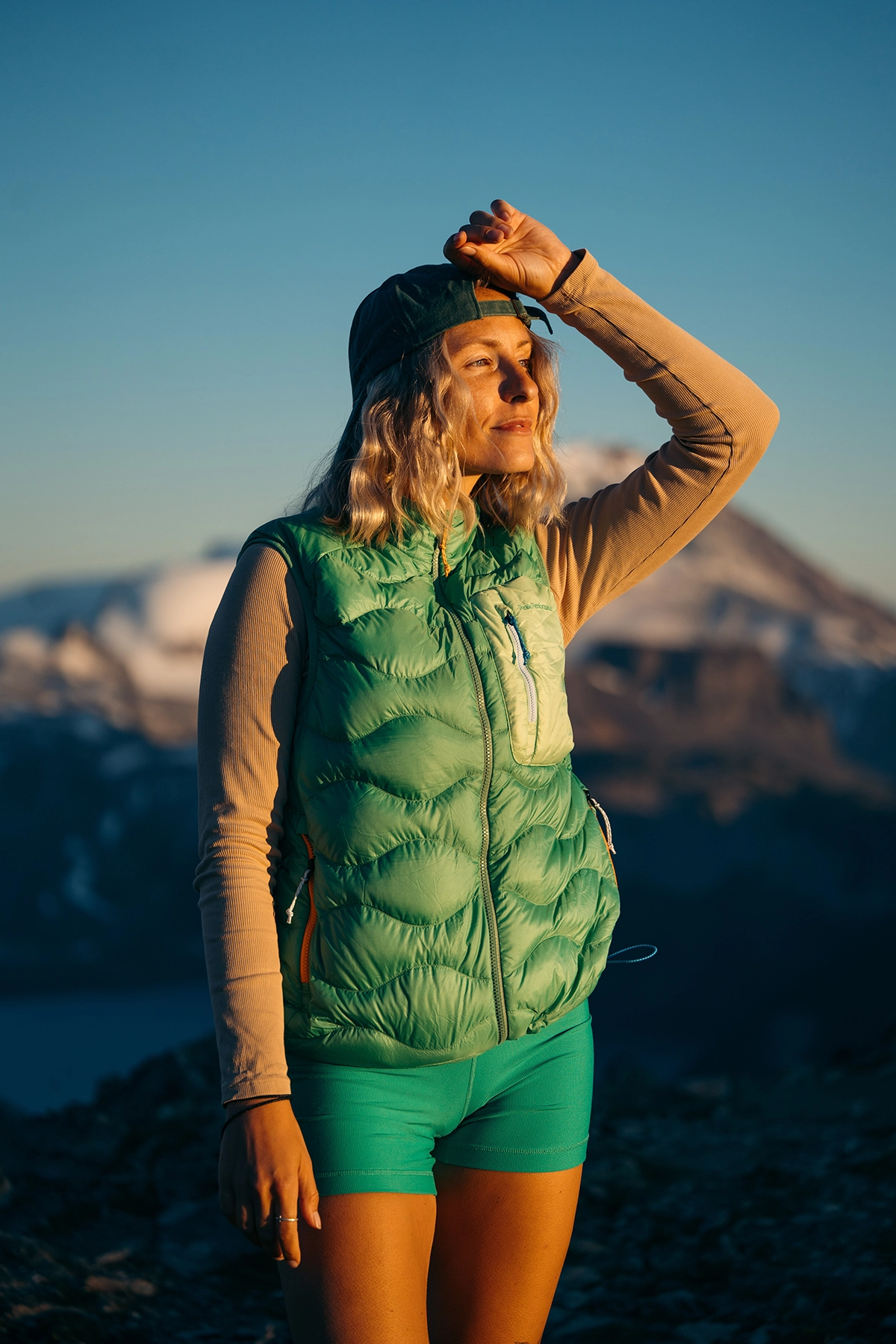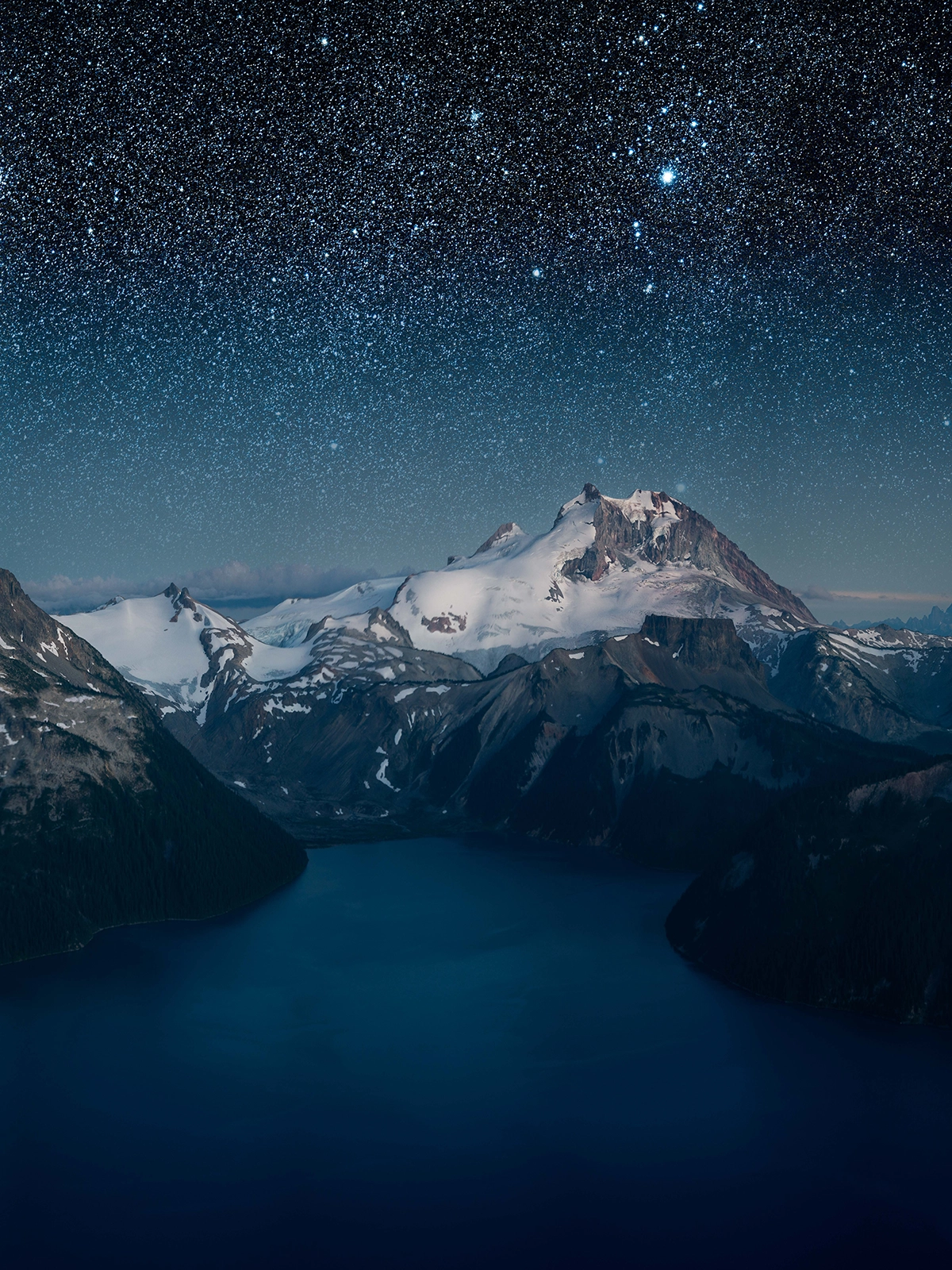Living in British Columbia, Canada, I’m surrounded by endless mountains, alpine meadows, and lakes—an outdoor photographer’s dream. Recently, I took the Tamron 90mm F/2.8 Di III VXD Macro lens on a hike to Panorama Ridge to test its versatility. While it’s well-known for close-up work, I’ve found it shines far beyond macro—delivering stunning results in outdoor macro photography, landscapes, portraits, and even astrophotography.
In this Tamron 90mm macro lens review, I’ll share my best outdoor macro photography tips with the Tamron 90mm lens to help you capture sharper, more creative shots in nature.
By Guest Contributor Ivan Chan
What You’ll Learn In This Article:
- How to get sharper results in outdoor macro photography with the Tamron 90mm lens
- Practical shooting techniques for landscapes with a tighter focal length
- How to take advantage of the 90mm’s creamy bokeh for natural portraits
- Simple astrophotography tricks using the Tamron’s Focus Set Button
- Why this lens is a versatile choice for hikers, travelers, and outdoor creators
Macro Photography Tips with the Tamron 90mm Lens

Set Your Shutter Speed Manually
Unlike landscape photography, where your subjects are usually somewhat far away and unmoving, with macro photography, you’re getting up and close and every slight movement is magnified. And some of the most common macro subjects — flowers — are very susceptible to even the slightest breeze. In order to ensure that your photos come out sharp, I would recommend setting your shutter speed anywhere between 1/250-1/800, depending on the amount of wind.
Shoot In Burst Mode
On a related note, another way to maximize your chances of getting a sharp image is to shoot in burst mode. I like to shoot between 3-4 images at a time if my subject is swaying in the breeze, to catch the moments where its actually stationary. This is the beauty of digital cameras, where we don’t have to worry about wasting shots as you would when shooting film.
Review Your Images In The Field
One of the worst feelings you can have as a photographer is capturing a moment or composition that you think is absolutely amazing and then getting home and opening it up on the computer just to realize its blurry. So, make sure, especially for those photos that you really are excited about, to zoom in on your photo right after you’ve taken it to make sure its sharp.
As mentioned in the previous tips, getting sharp shots with subjects moving in the wind can be a challenge, so doing this is doubly important for something like macro photography.
Don’t Keep Your Camera In Your Backpack
One of the lessons that I’ve learned the hard way with photography is that some moments only come once. If you miss it, you miss it. With macro photography while hiking, you might spot a bee hovering around some sunflowers or a ray of light glinting nicely against dewy lilies. If your camera is in your backpack and you’ve got to set it down and unzip it to take it out, by the time you get your camera out, you might have already missed the moment.
So, keep your camera clipped on your backpack with a camera clip, hang the camera on a strap around your neck, or even just hold the camera in your hand while hiking – just make sure you’re ready to shoot at a moment’s notice.
Use The Focus Limiter Switch On The Lens
The Tamron 90mm Macro has a focus limiter switch that allows you to limit the distance range in which the autofocus will hunt for the right focus of your subject.
There are three settings:
- FULL: the full focus range
- ∞ – 0.7m: from infinity to 27.56” / 0.7m
- 7m – MOD: from 27.56” / 0.7m to 9.1” / 0.23m
By setting the switch to the first setting, you’ll get faster autofocus on your macro subjects, saving time, and helping you to capture fleeting moments like a bee landing on a flower.
Landscape Photography with the Tamron 90mm Macro Lens

Shooting landscapes with a 90mm may feel counterintuitive since our eyes see closer to 17–24mm. But tighter focal lengths reveal unique perspectives.
- Find compositions through the viewfinder – move in a 360° sweep to discover frames that aren’t obvious to the naked eye.
- Isolate distant peaks and textures – compressing a scene at 90mm can create dramatic mountain portraits or frame a single tree in a meadow.
- Embrace minimalism – with less in the frame, you can create powerful, simplified compositions.
Outdoor Portrait Photography with the Tamron 90mm Macro

The Tamron 90mm Macro lens is equally at home for portraits, thanks to its creamy bokeh.
- Use a wide aperture – shoot around f/2.8 to separate your subject from the background.
- Shoot bursts for candid expressions – even casual portraits of friends on a hike benefit from capturing multiple frames.
- Simplify the background – avoid clutter and distracting elements around your subject’s head. Mountains, trees, or sky make excellent clean backdrops.
Astrophotography Tips with the Tamron 90mm Lens

You can even take the 90mm Macro to the stars.
- Use the Focus Set Button – preset infinity focus before dark so you can nail sharp stars at night without struggling in low light.
- Use a moon/star tracker app – plan your astro shoot around moonrise and moonset. A dark sky reveals far more stars and the Milky Way’s position.
Final Thoughts
Every style of photography requires its own unique set of skills and knowledge. Whether you’re interested in macro, landscape, portraits, or astro, I hope there were some useful takeaways that you got from these tips. And if you’re interested in them all, the Tamron 90mm Macro could be a good option to consider.
The most important thing is to get out there and have fun. As you take more and more shots, all the things that used to require conscious effort and memory, like settings and composition, will become second nature.
Ready to try it for yourself? Learn more about the Tamron 90mm F2.8 Macro lens, the best lens for macro photography, at an authorized Tamron dealer near you or shop now at the official TAMRON Store.
About Ivan Chan

Ivan is a commercial photographer/videographer that specializes in outdoor, travel, and adventure storytelling. He loves capturing exotic landscapes around the world that evoke an otherworldly feeling and seeks to inspire others to get out on their own adventures. Website | Instagram
